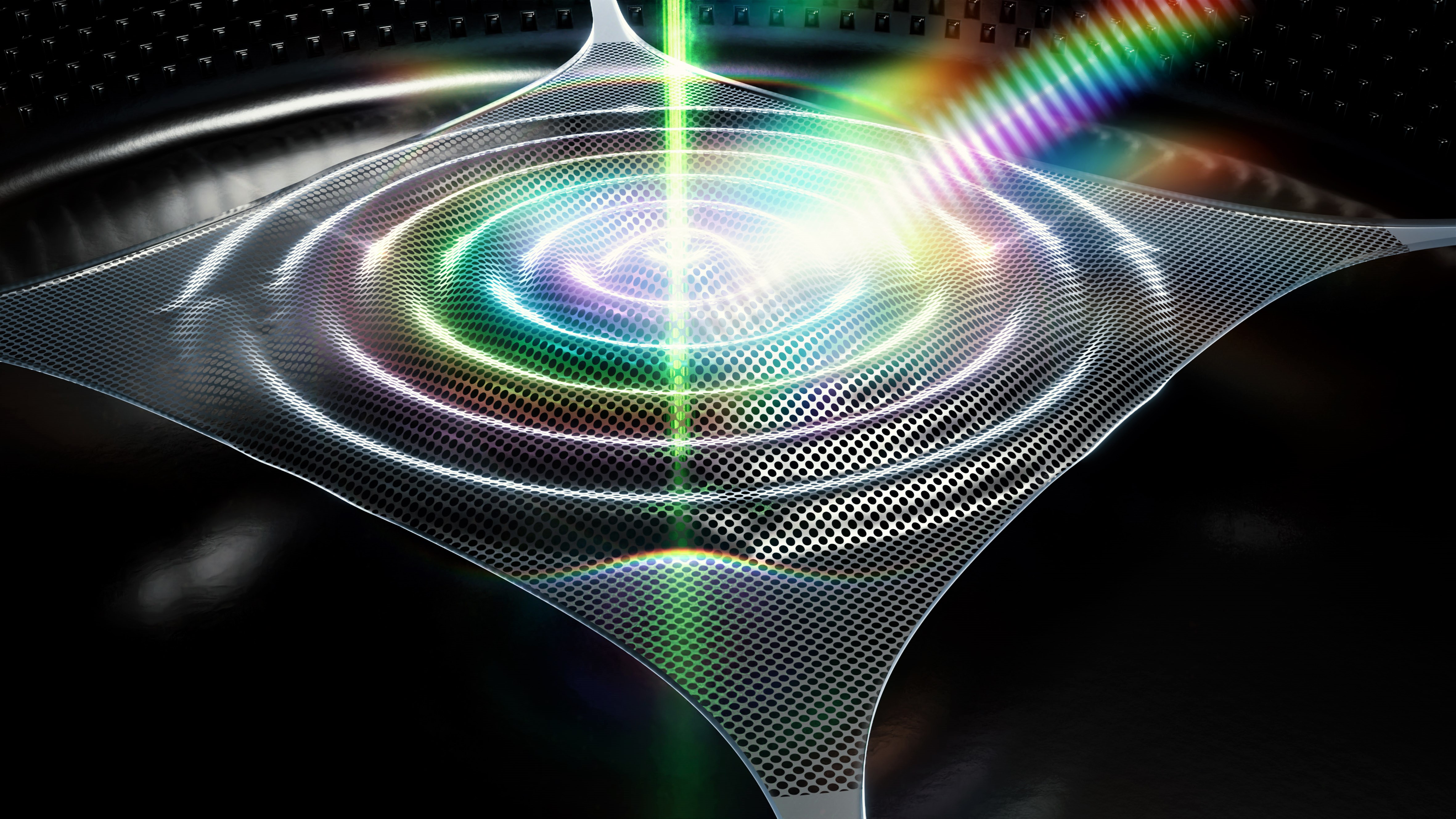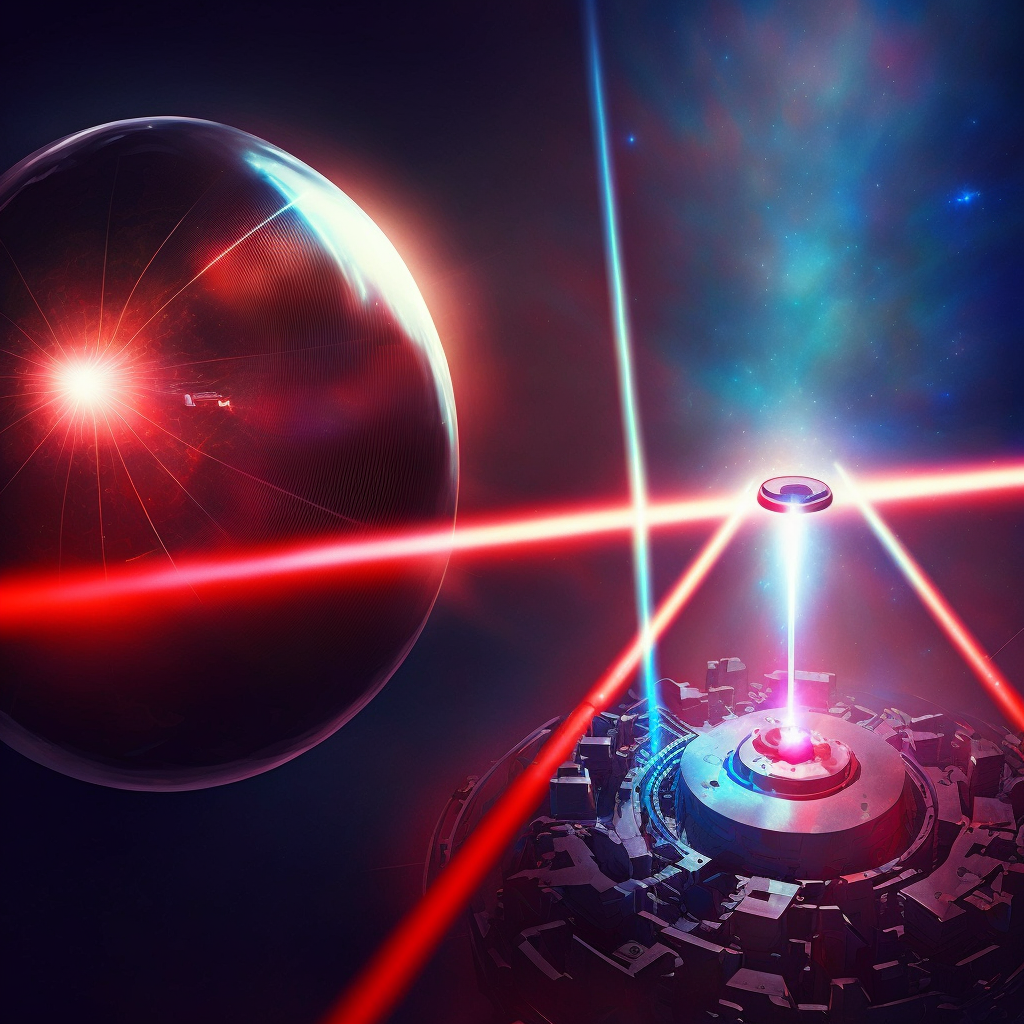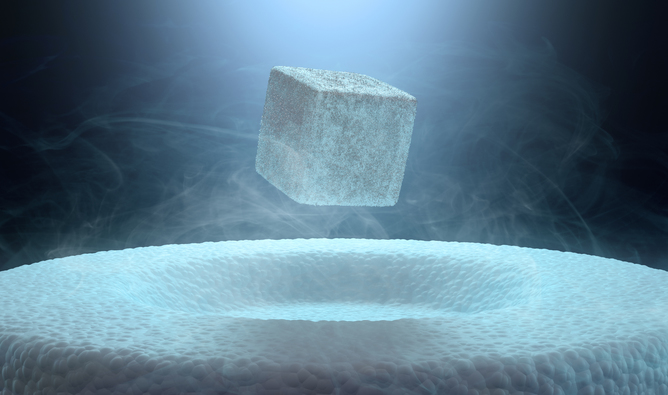Research
Room Temperature Quantum Technologies
-
In this line of work, we aim to create economic, easily implemented navigation systems based on optomechanical sensing with nanophotonic cavities. This aims to design technologies which have recently been used to demonstrate quantum systems at room temperature towards plug-and-play fiber optic systems that can be utilized for high-precision inertial navigation.
Developing lightsail materials for ultra-fast space exploration
One of the major aims of nanotechnology is to miniaturize sensors, cameras, and general technology in all dimensions (i.e. x, y and z). In our group, one of the focuses is on unique nanotechnologies that require extreme aspect-ratios. Can we develop techniques to fabricate meter by meter sails with nanometers thickness for future space missions? Can we measure the small nuances of gravity with milligram masses suspended from nanoscale tethers? In our lab we develop techniques that allows such experiments to become a reality by looking at the physics of nano-fabrication.
-
We are now aiming at fabrication of highly-reflective, low-absorption, photonic crystals at centimeter scales. These membrane mirrors exhibit record reflectivity from films with sub-wavelength thickness. These light-sail technologies have recently gained attention for as a promising route towards future microchip satellites.
Superconducting Casimir Experiments
Several experimental demonstrations of the Casimir force between two closely-spaced bodies have been realized over the past two decades. Extending the theory to incorporate the behavior of the force between two superconducting plates across their superconducting transition has resulted in many competing predictions. It is clear from these theories that the Casimir effect will be a powerful tool for probing the underlying quantum physics of superconductors on a collective scale (at all frequencies). Experts predict that measuring the Casimir effect between superconductors could allow us to convincingly distinguish between competing theories like the Drude and plasma models as appropriate descriptions of electrons in metals; a major debate in the physics community. Yet, some theories speculate that superconducting Casimir experiments could manifest one of the few testable quantum gravity effects available with current technology. It has widely been postulated that quantum gravity effects are usually so infinitesimal that no conceivable future technology could ever physically measure their existence (as many of the required detectors are calculated to themselves collapse into black holes). To date, no one knows exactly what one should expect to see in the Casimir effect as objects transition into their superconducting state. Our experiments will probe a regime where two famous quantum effects coalesce, where theories with big implications for physics exists and where little experimental data is available due to technological hurdles. We aim to circumvent the need for highly-complex precision experiments by reducing the challenge of stabilization and parallelism to novel microchip design.
-
In this project, we'll be measuring the Casimir effect between disordered superconductors (NiTiN) by combining scanning electron microscope with high-aspect-ratio membranes. This will give us one of the clearest looks into the interplay between two quantum materials at cryogenic temperatures. We are currently working closely with collaborators in the Otte Lab.


